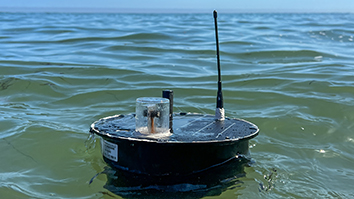Citation
Panerai, F., Marschall, J., Thomel, J., Vandendael, I., Hubin, A., & Chazot, O. (2014). Air plasma-material interactions at the oxidized surface of the PM1000 nickel-chromium superalloy. Applied Surface Science, 316, 385-397.
Abstract
Nickel-based superalloys are promising options for the thermal protection systems of hypersonic re-entry vehicles operating under moderate aerothermal heating conditions. We present an experimental study on the interactions between PM1000, an oxide dispersion strengthened nickel-chromium superalloy, and air plasma at surface temperatures between 1000 and 1600 K and pressures of 1500, 7500 and 10,000 Pa. Pre-oxidized PM1000 specimens are tested in high-enthalpy reactive air plasma flows generated by the Plasmatron wind tunnel at the von Karman Institute for Fluid Dynamics. Microscopic analysis of plasma-exposed specimens shows enhanced damage to the chromia scale at the lowest plasma pressure. Elemental surface analysis reveals the loss of Cr and the enhancement of Ni at the scale surface. A thermodynamic analysis supports the accelerated volatilization of Cr2O3 and the relative stability of NiO in the presence of atomic oxygen. Changes in the reflectance and emissivity of the oxidized surfaces due to plasma-exposure are presented. The catalytic efficiencies for dissociated air species recombination are determined as a function of surface temperature and pressure through a numerical rebuilding procedure and are compared with values presented in the literature for the same material.


